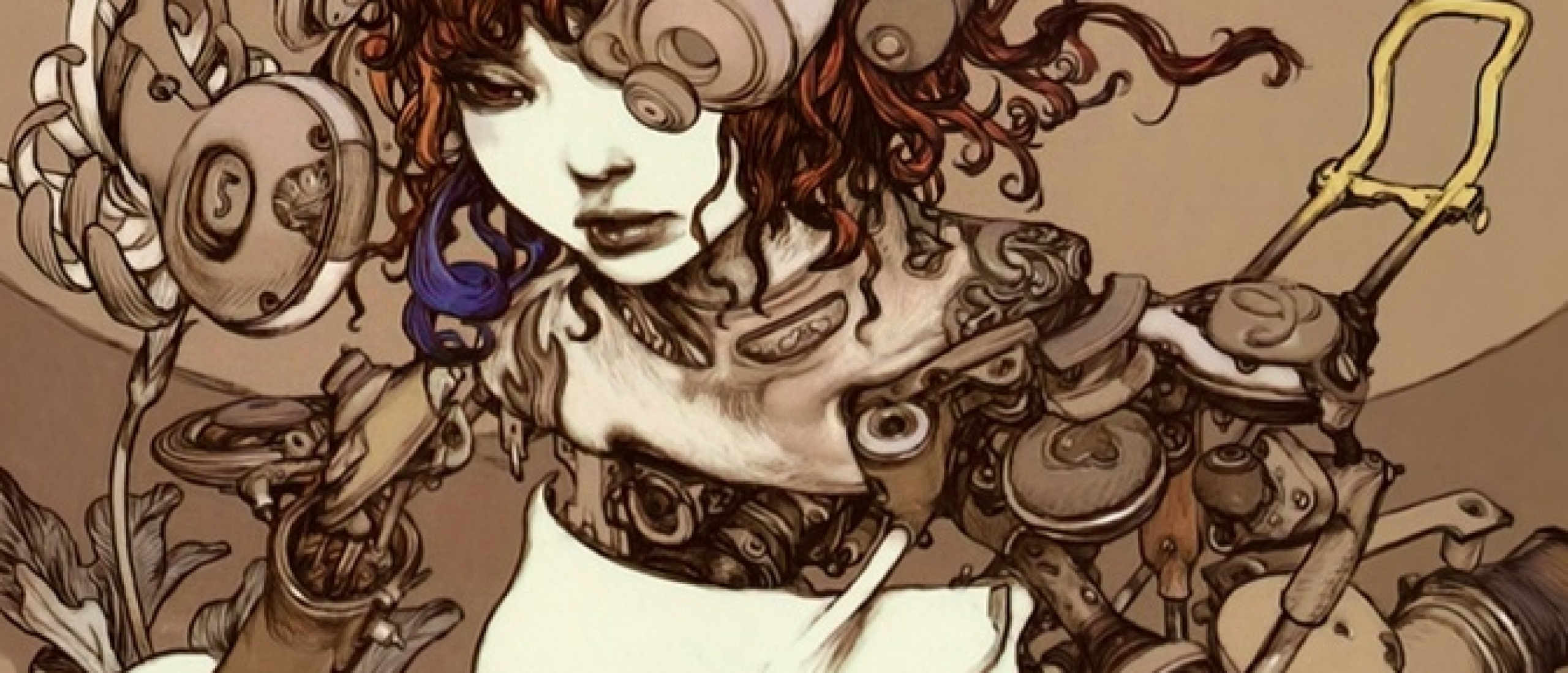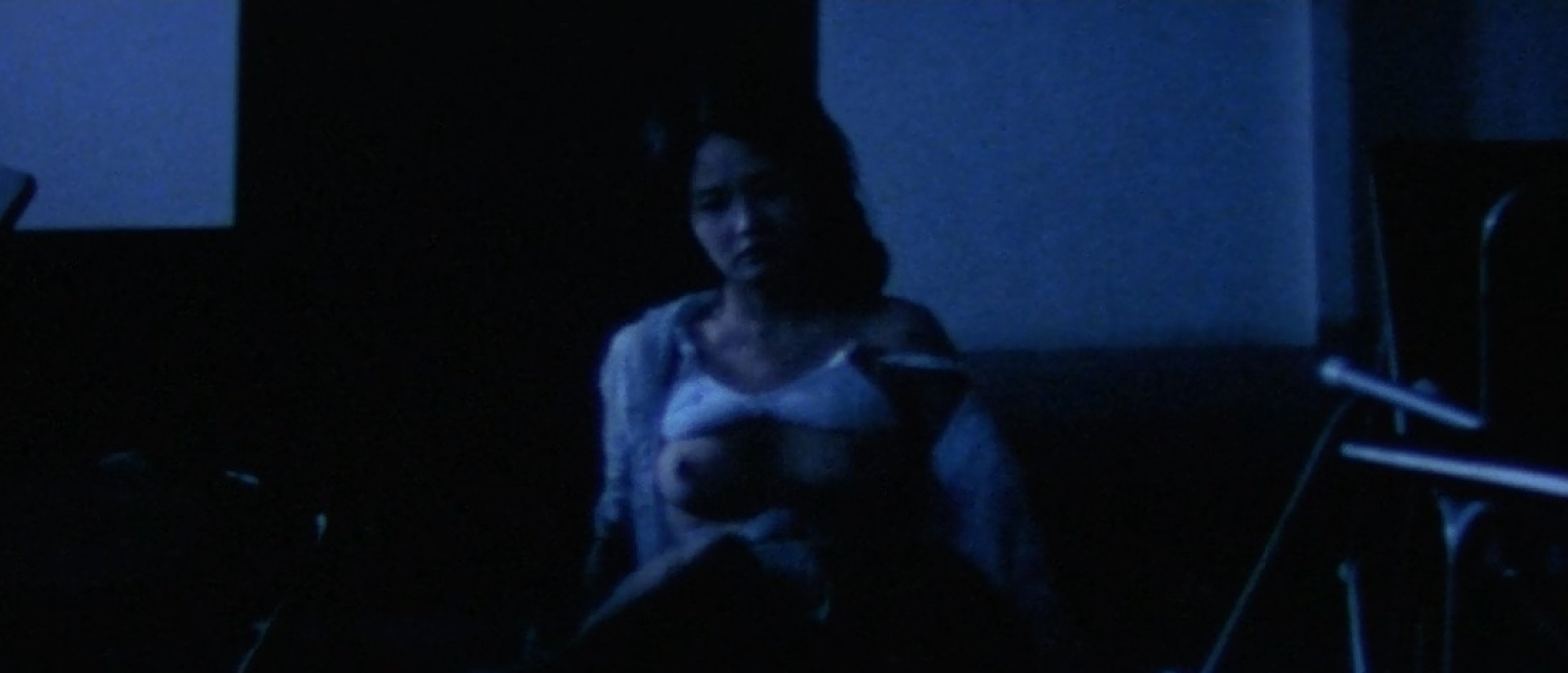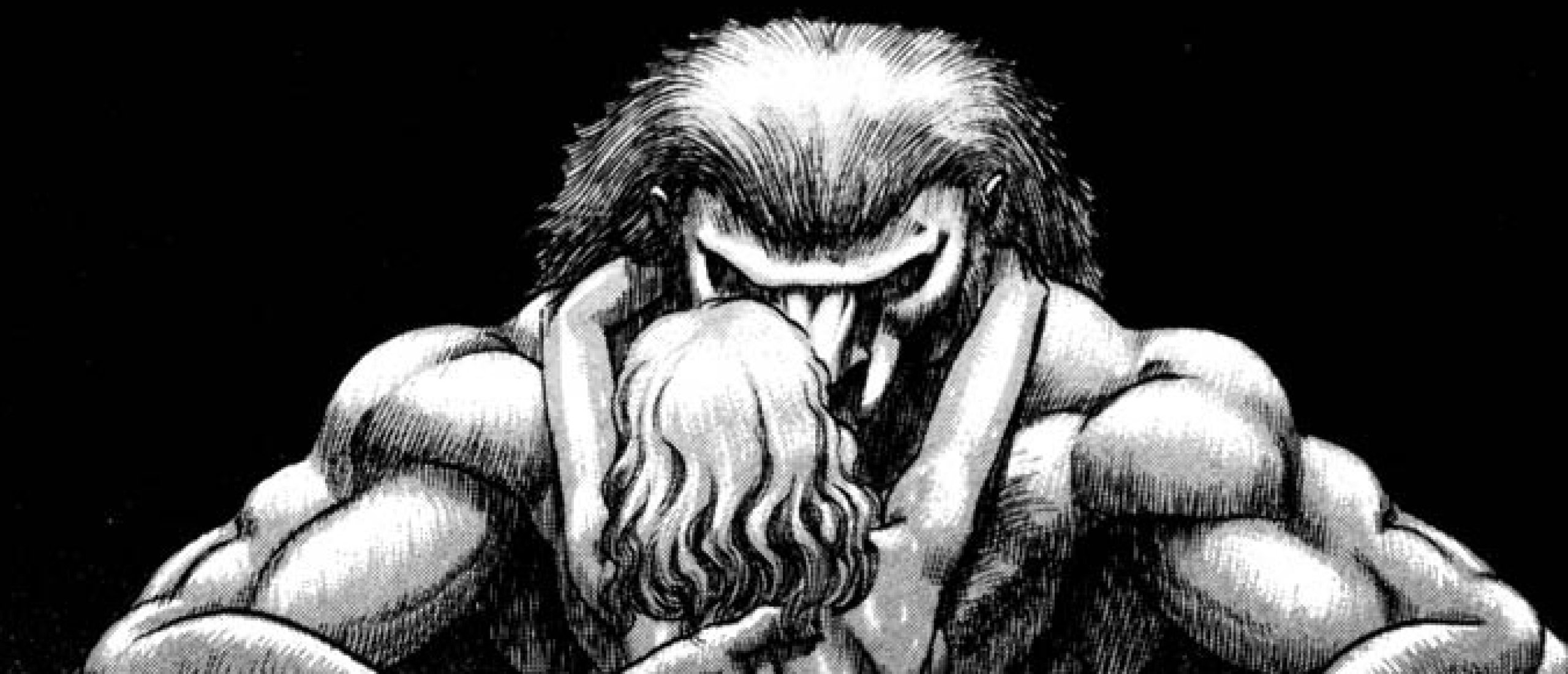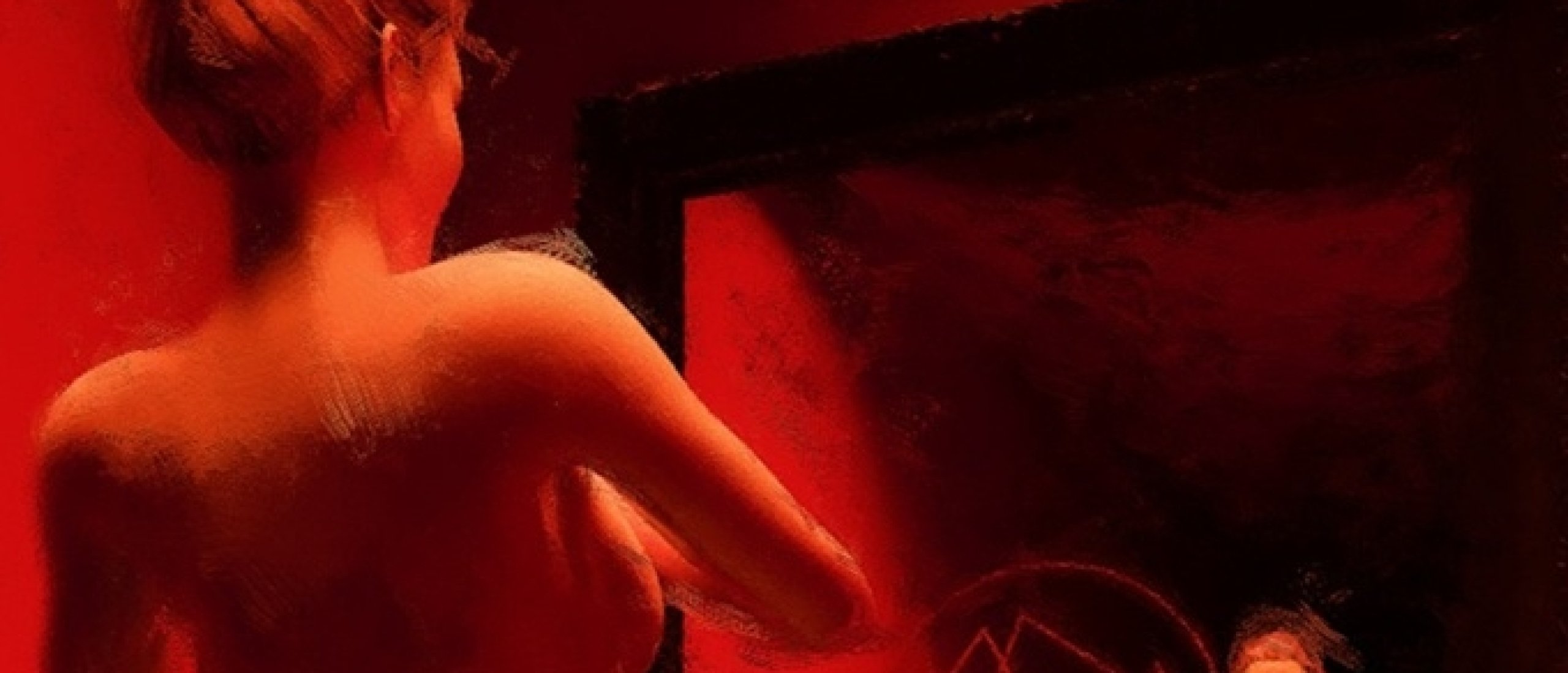
Beyond Manga
Dirty Matsumoto (ダーティ・松本), born in 1949 in Kumamoto City, Kumamoto Prefecture, stands out in the Japanese artistic scene for his production of ero manga, ero gekiga, or third-rate gekiga, terms that refer to a Japanese subgenre of comics aimed at adult audiences, often combining elements of eroticism with grotesque and obscene themes. Ero manga, the category in which Dirty Matsumoto's work is situated, emerged in Japan during the 1960s as a development of gekiga and gained traction over subsequent decades, supported by numerous magazines dedicated to its publication. These works aimed to cater to an audience eager for erotic comics that could be discreetly purchased from vending machines. As Nagayama Kaoru explains:
“The ironclad rule of all erotic media in the mid-1970s was, ‘As long as it’s erotic, you can do whatever you want.’ This was also true in third-rate gekiga magazines. If the gekiga that came before was intended to be ‘dramatic pictures,’ then, in contrast, third-rate gekiga was clearly intended to be ‘erotic.’ Indeed, the work was positioned not as first-rate gekiga, or even a midway compromise of second-rate, but explicitly third-rate, which freed it of all pretense. Under the alibi of the erotic, third-rate gekiga secured its freedom, absurdity and vanguard character” (Erotic Comics in Japan: An Introduction to Eromanga, p. 65).

Fig.1 Akai Tsuki No Keshin

Fig.2 Akai Tsuki No Keshin

Fig.3 Akai Tsuki No Keshin

Fig.4 Akai Tsuki No Keshin
Domination And Desire
Dirty Matsumoto attended the Secondary School of the Faculty of Education at Kumamoto University and later the Kumamoto Prefecture Secondary School. In 1970, he joined Saito Productions but left after about six months. After working part-time at a seinen gekiga magazine, he began drawing adult comics for a real-story magazine. However, it was only in 1975 that he started his professional career as a creator of adult manga in the magazine Manga Dynamite, published by Tatsumi. His early works, published in short-story magazines, already revealed his interest in themes of fetishism and submission, areas he would delve into throughout his career. One of his first successes was the book Niku no Dorei Ningyo (Slave Doll of Flesh), which featured stories of sexual domination and enslavement. Released in 1977, this work quickly became a classic of ero gekiga for the way it explored the relationship between domination and desire, a theme that would recur in his works.

Fig.5 Chi no Butou

Fig.6 Chi no Butou

Fig.7 Chi no Butou

Fig.8 Chi no Butou
Gekiga And Bishōjo
The classification of Dirty Matsumoto’s work as ero gekiga is no coincidence, as his drawings display characteristics and influences of gekiga (“dramatic images”). The term gekiga was coined by mangaka Yoshihiro Tatsumi in 1957 to differentiate his works and those of other artists from the traditional manga aimed at younger audiences. These works challenged social conservatism with darker graphic styles and narratives that explored the absurdities of the human condition. In Dirty Matsumoto’s works, one can observe gekiga influences in the way he portrays his characters’ facial expressions, alternating between delicate and grotesque lines. At times, his style even aligns with the aesthetics of shōjo manga aimed at young female audiences, while retaining the weight of adult and disturbing narratives.
The combination of gekiga and bishōjo emphasizes the ambiguity of his characters, oscillating between fragility and violence, beauty and degradation, as seen in series like Bishoujo-tachi no Utage (The Banquet of Beautiful Girls) and Sei Kariudo-tachi (Holy Hunters). In 1980, a collection of stories titled Bishoujo-tachi no Utage was published as a special edition of the magazine JUNE. These narratives inspired the film Sex Hunter: Sei Kariudo (Sex Hunter), directed by Toshiharu Ikeda, which tells the story of a young ballerina accepted into a prestigious dance academy. Initially euphoric about advancing her career and fixing her relationship, she soon discovers the academy harbors a dark side she may not escape.

Fig.9 Female Dress Dancer and Chinese Girl

Fig.10 Female Dress Dancer and Chinese Girl

Fig.11 Female Dress Dancer and Chinese Girl

Fig.12 Female Dress Dancer and Chinese Girl
Between Pleasure And Pain
In the 1990s, Dirty Matsumoto wrote under the pseudonym "Matsumoto Michiyo" for women’s comic magazines and has been an active participant in the Comic Market since 1994, publishing dōjinshi. While his manga depict scenes of violence and sex, they also explore the poetic and boundary-breaking possibilities of comic panels. In the narratives from the collection Incarnation of the Red Moon (Akai Tsuki No Keshin, 1993), Dirty Matsumoto manipulates panel compositions, breaking typical manga layouts through distortions, abrupt cuts, discontinuous sequences, and visual silences that heighten the sense of transgression and disorder.
Join Premium now and check out the extended version of the article including more on the visual contrasts in Dirty Matsumoto's work, his unique use of color and digital art techniques, role reversal themes, his issues with censorship, why the manga artist stands out in the ero gekiga genre, and dozens of additional images depicting Matsumoto's subversive sensuality.
Click HERE for the cinematic violence and eroticism of "School Of the Holy Beast" by Ryūji Sawada
What do you think about the ero manga art of Dirty Matsumoto? Leave your reaction in the comment box below!










